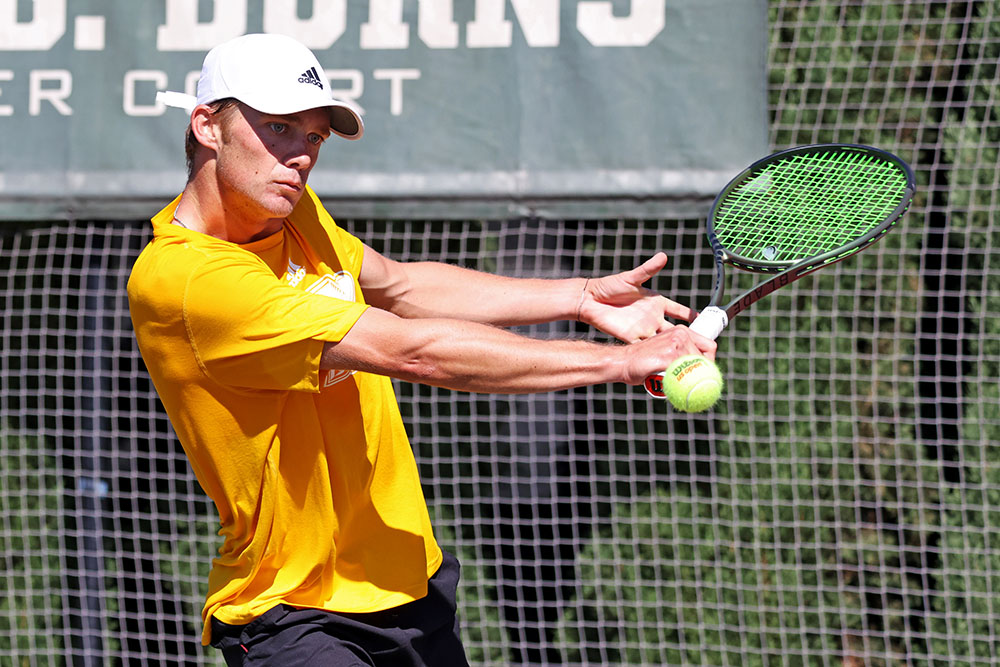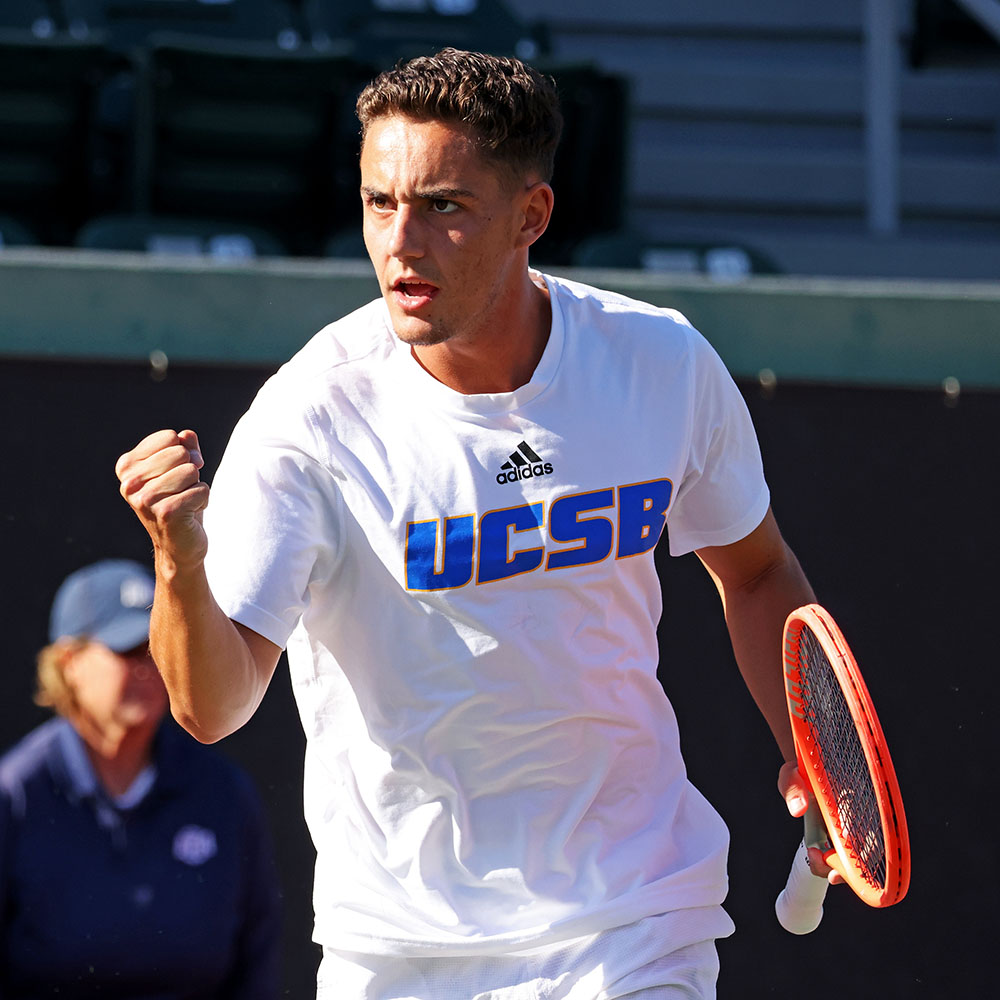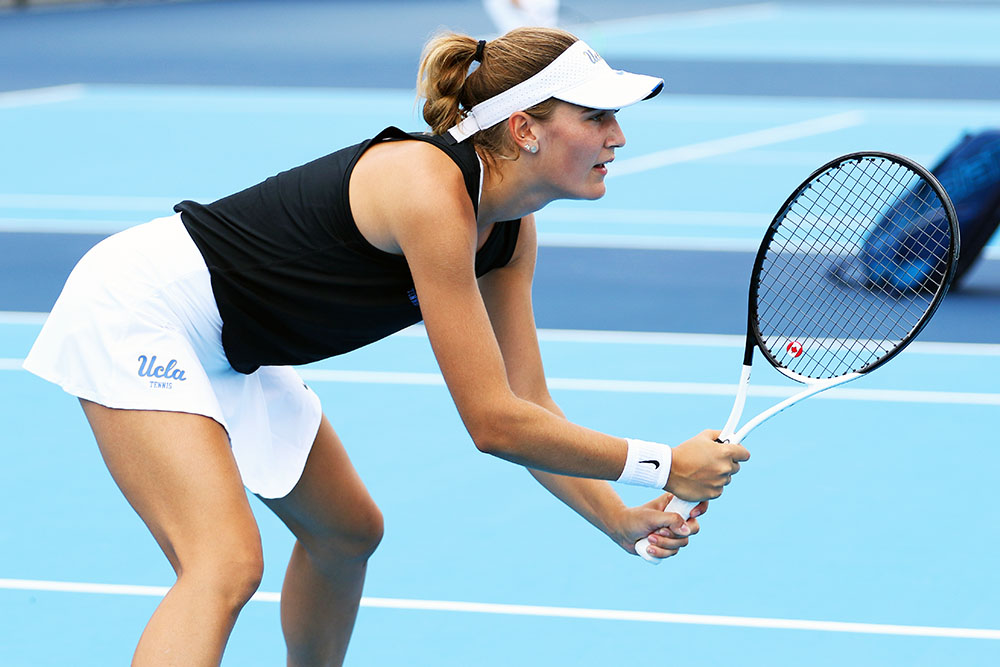ELIGIBILITY
Once you’ve researched and considered all of your options, you’ll need to register for eligibility. It is recommended to register before your sophomore year of high school. Both the NCAA and NAIA have Eligibility Centers for students to declare athletic eligibility. These offices are crucial to your college readiness journey.
Recruiting may begin as early as the summer between sophomore and junior year of high school. There are very strict limitations placed on both coaches and prospective student-athletes related to interactions during a player’s junior and senior years. This information is crucial to maintaining athletic eligibility.






